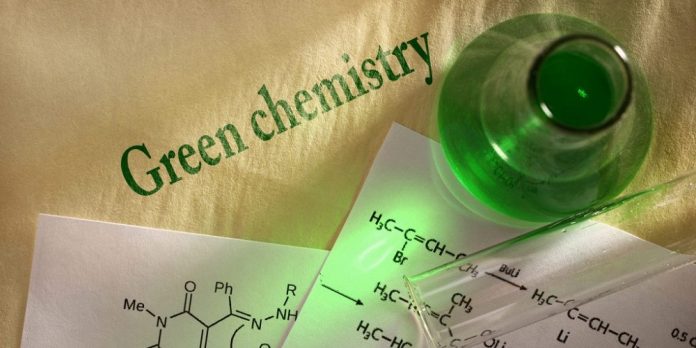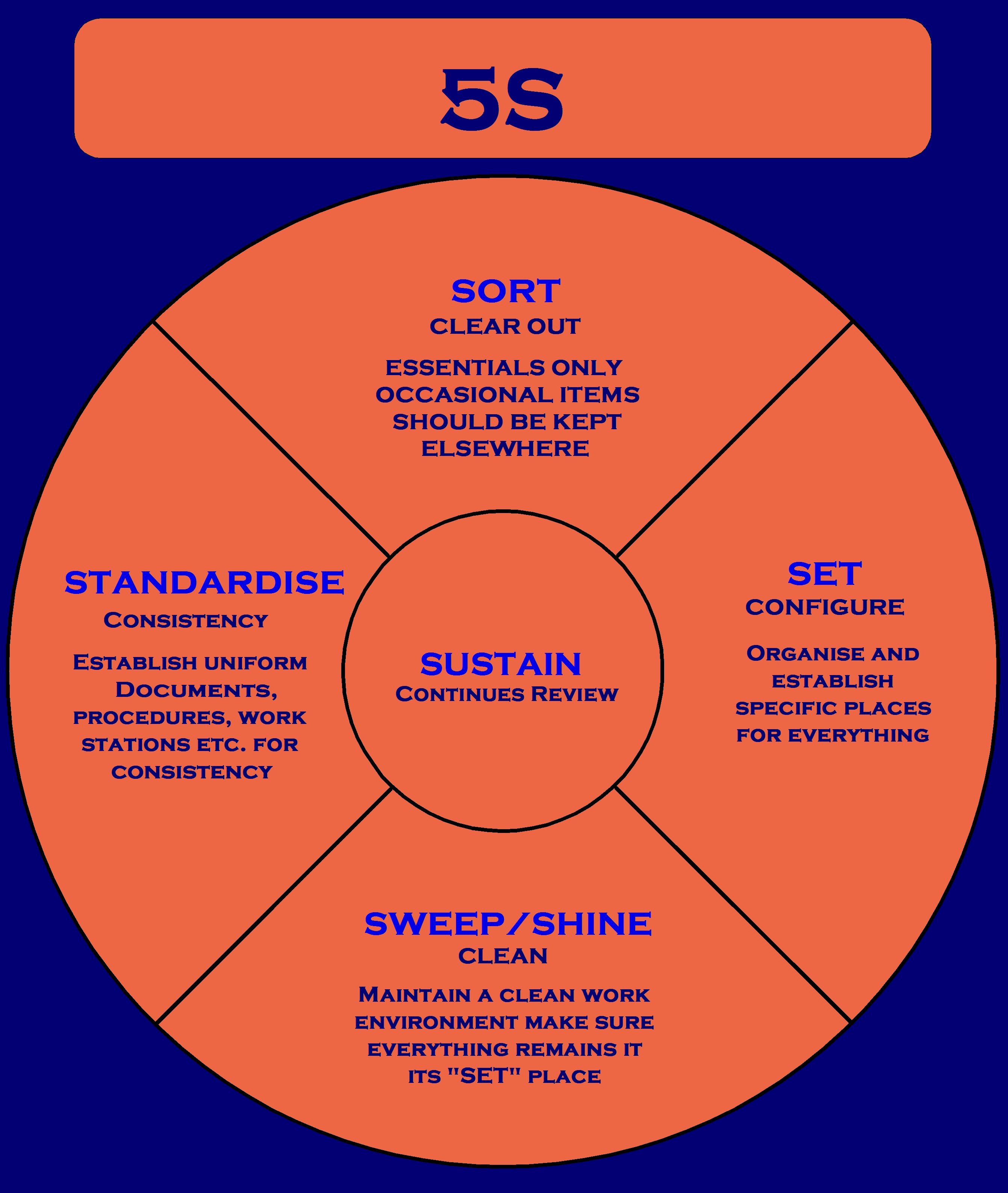Green chemistry, as the name suggests, is an effort of chemists to help the environment by preventing the release of hazardous and toxic chemicals and substances into the environment. From small experimental reactions in an R&D laboratory to large industrial-scale reactions, scientists are doing their best to reduce chemistry’s footprint on the environment.
It’s not just limited to the experiments or manufacturing of chemical products; instead, green chemistry is a round-the-table initiative. Chemical product manufacturers are looking to implement the changes to the whole life cycle of their products from design and manufacturing to use and then disposal. Also known as sustainable chemistry, it is a great initiative, and the best thing is that more than 30 nations have joined the green chemistry revolution.
What makes green chemistry better than other environment-preserving initiatives is the operations. Where other industries only strive to stop the pollution created, green chemistry focuses on minimizing the pollution at the source.
In layman’s terms, most industries create poisonous substances during their manufacturing process, but then they get rid of that substance before it enters the environment. The green chemists stop these substances from being formed at the source. So, green chemistry is not about cleaning pollution but minimizing it.
One very simple example of this is the use of dimethyl carbonate. Dimethyl carbonate is a non-toxic and versatile chemical that exhibits high reactivity. It is now a major player in organic, analytical, and pharmaceutical chemistry, where it has helped replace solvents that were harmful, toxic, and hazardous.
Basics Of Green Chemistry
Minimizing pollution at the source is just one of the principles of green chemistry. Here are the 12 basic principles of sustainable chemistry:
- Prevent or reduce waste to the minimum.
- Maximize resource use. Design reactions that waste the least amount of material.
- Design reactions that create the least amount of hazardous substances.
- Create safer chemical products that are safe to use and dispose of.
- Use non-toxic and safe solvents and reagents.
- Work towards energy efficiency. Perform reactions in a normal enviornment.
- Use renewable resources.
- Avoid using chemical derivatives. Use natural or organic chemical substances.
- Avoid using stoichiometric reagents. Prefer catalysts.
- Create degradable chemical products.
- Take extra care and avoid accidental wastage.
- Minimize formation of by-products by real-time monitoring and control.
History Of Sustainable Chemistry
Even though green chemistry, or sustainable chemistry, feels like a recent initiative, it is one of the first environmental-preserving initiatives. It all started all the way back in 1962 when Rachel Carson highlighted the devastating effects of just a few chemicals on the environment.
In her book, Silent Spring, she exposed the chemical industry and how their synthetic pesticides were harmful not only for the environment but also for the public. Thanks to her efforts, the EPA banned DDT and other chemical pesticides for good. After that, the chemical industry and the EPA worked together to clean up chemical pollution and toxic waste.
In the 1980s, the younger generation of chemists proposed the idea of preventing chemical pollution at the source. After long struggles, the green chemistry initiative turned in the Green Chemistry Institution. Now the GCI works closely with the American Chemical Society to promote sustainable chemistry all around the globe. Their efforts have not been in vain, considering the number of industrial nations that have joined the green chemistry initiative, but there is a long way to go still.















